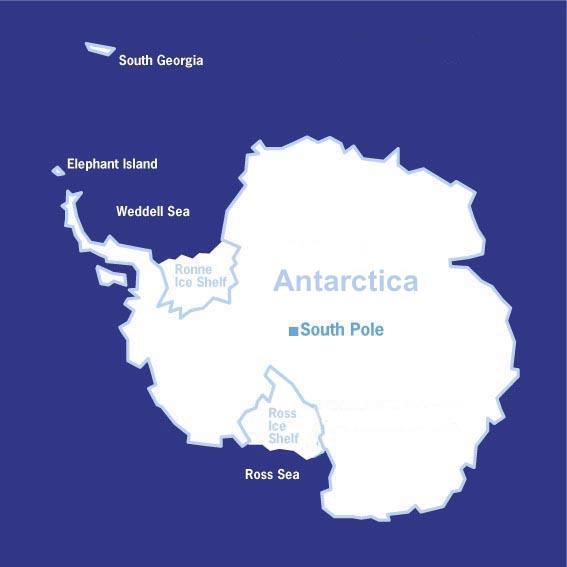
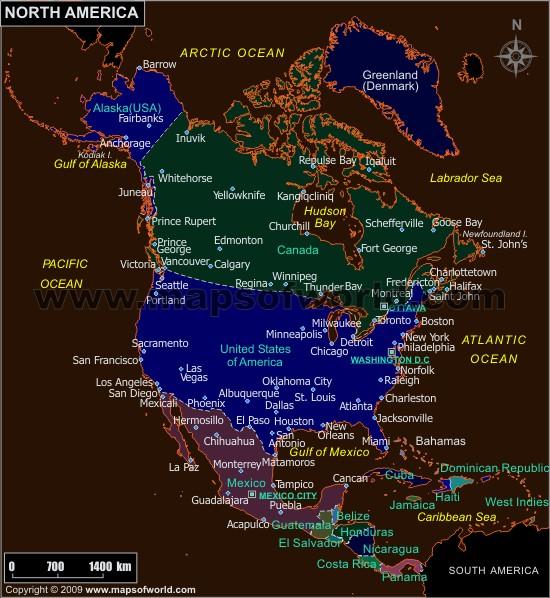
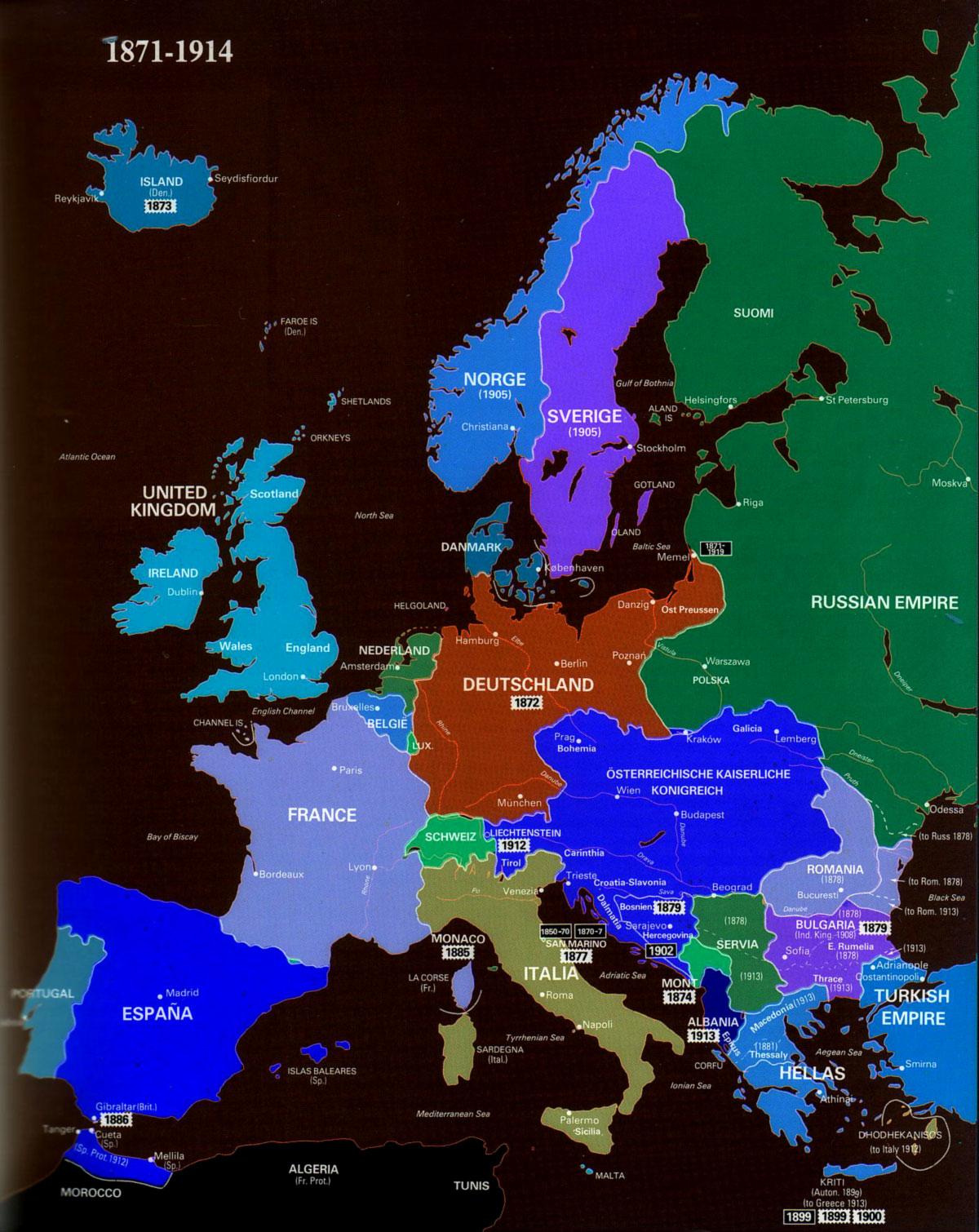
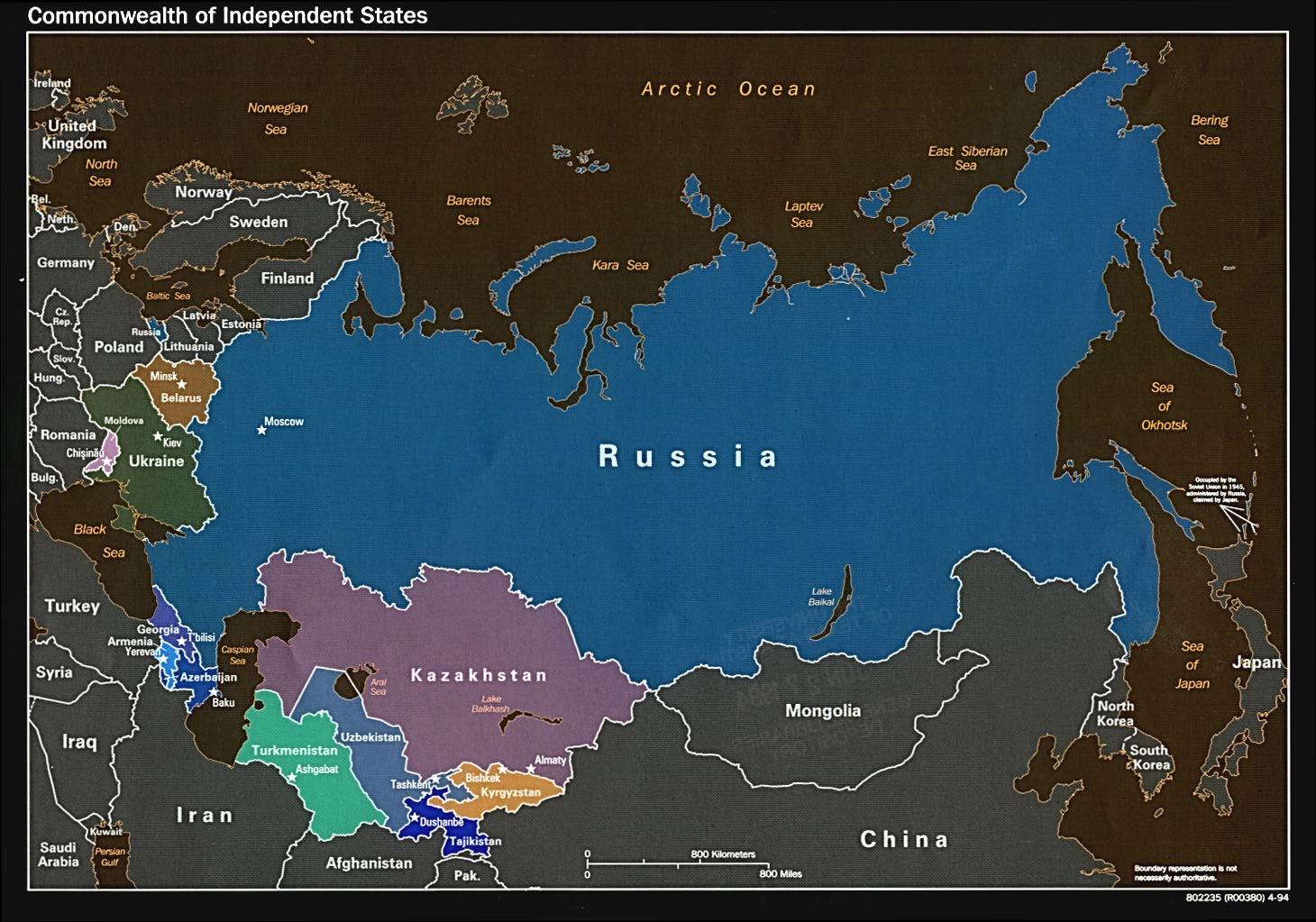
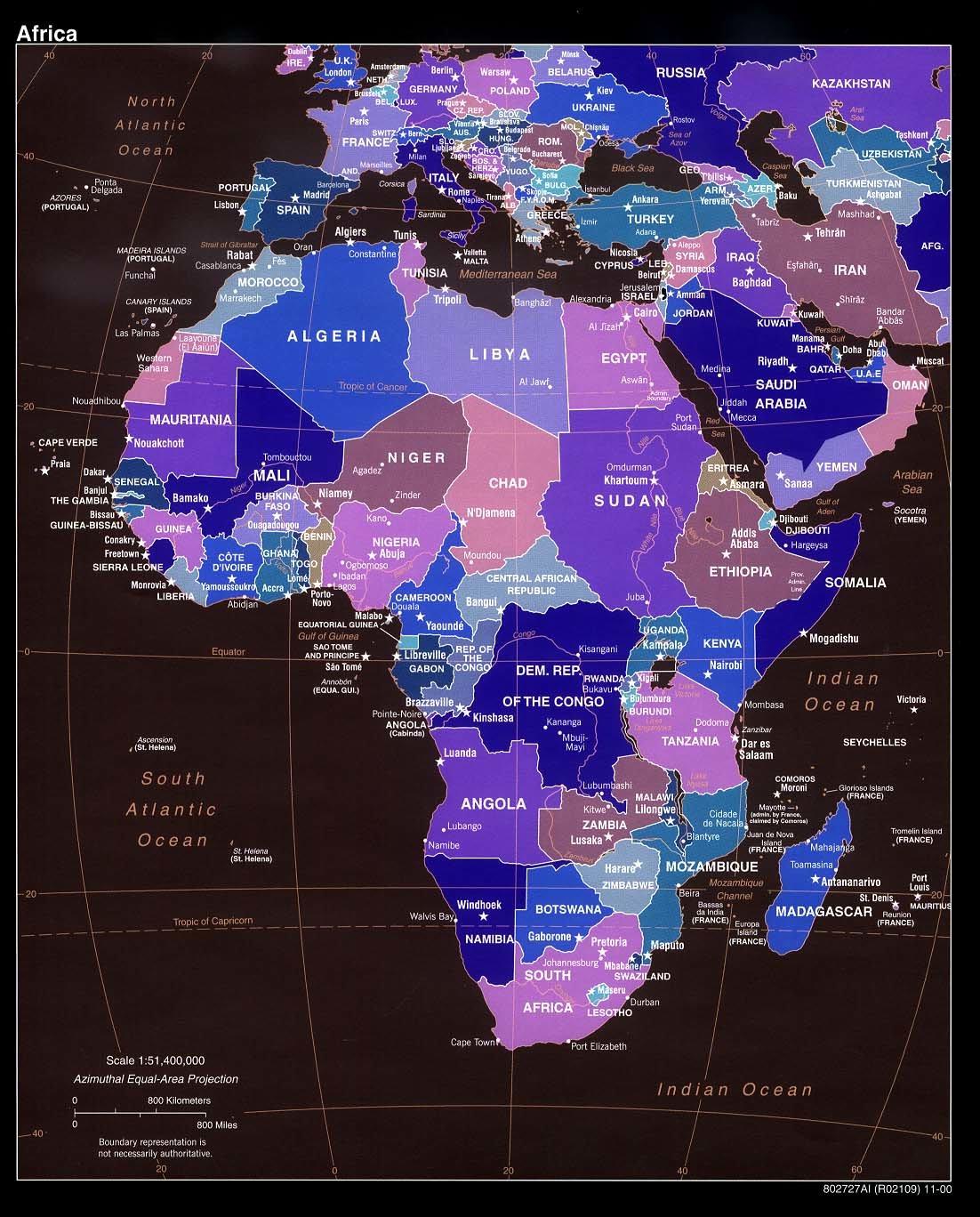
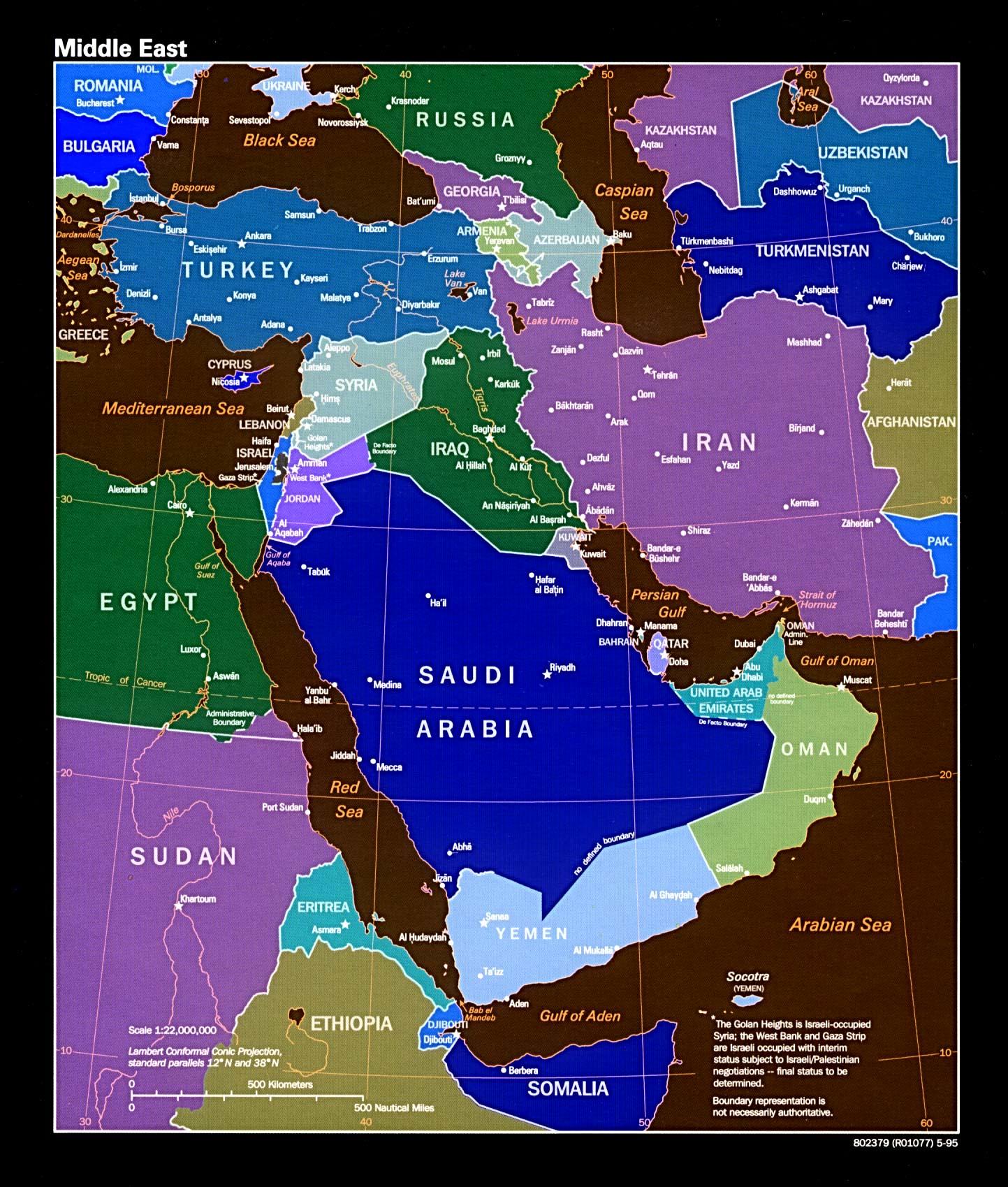
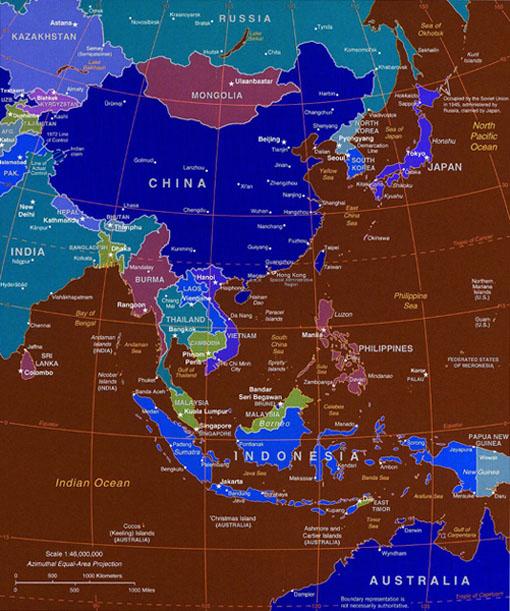
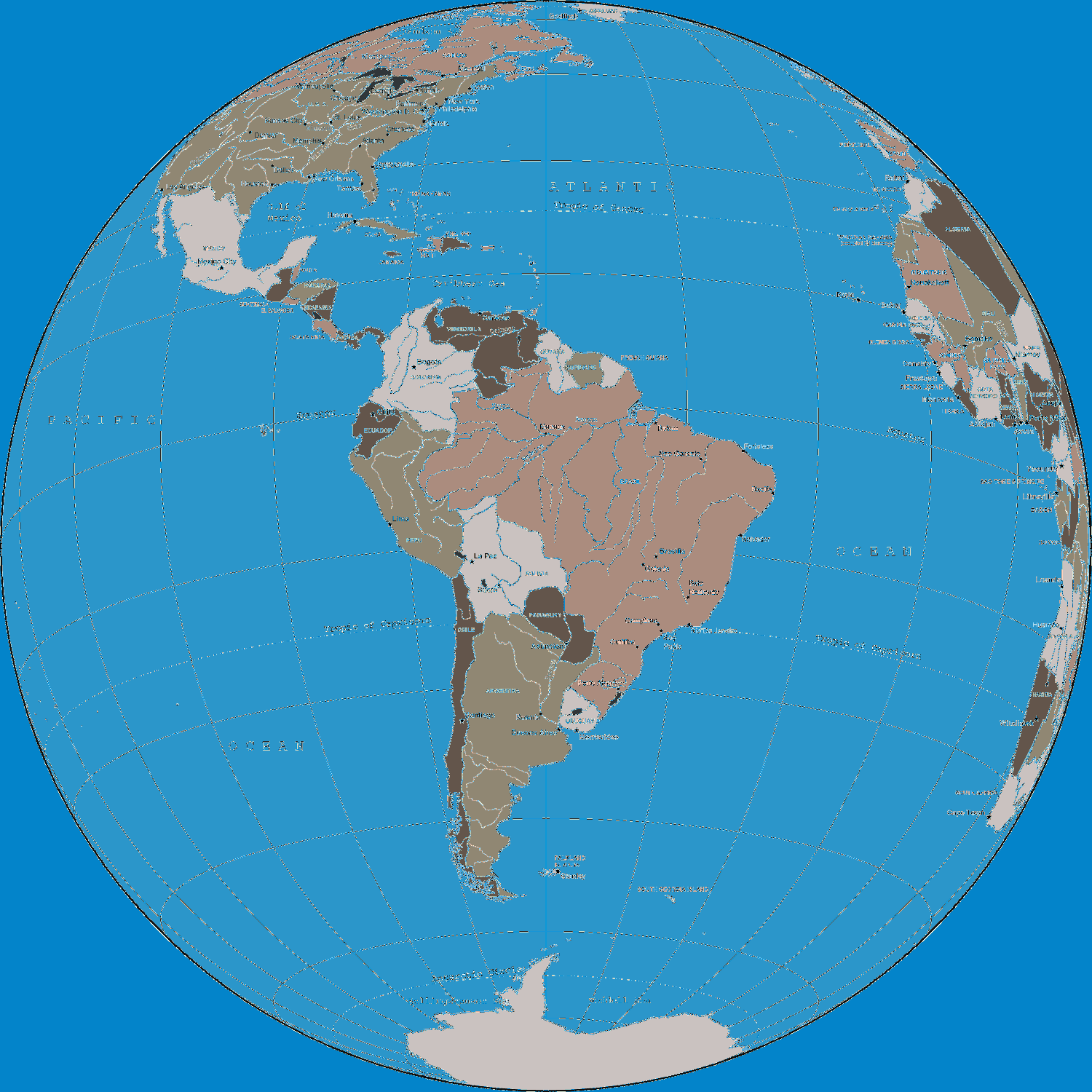
1450- 1750
Major Developments
- Questions of periodization: Continuities and breaks, causes of changes from the previous period and within this period
- Changes in trade, technology, and global interactions: Columbus' approach, speech of B. Harrison 1892; Columbian Exchange, guns, shipbuilding, navigational devices; mythbusting: "China invented gunpowder for fireworks and Europeans made it for weapons"
- Knowledge of major empires and other political units and social systems
- Aztec, Inca, Ottoman, Ming, Qing China, Portugal, Spain, Russia, France, Britian, Tokugawa, Mughal
- Characteristics of African kingdoms in general but knowing one as illustrative ( Kongo (to Angola), Benin, Oyo, Dahomey, Ashanti, or Songhay
- Gender and empire (including the role of women in households and in politics), womeninworldhistory.com
- Slave systems and slave trade (-->Enlightenment then frames discussions about slavery and emancipation (not only Evangelical Christianity, but it also did), end of slave trade in the West
- Demographic and environmental changes: diseases, animals, new crops, and comparative population trends (Crosby)
- Cultural and intellectual developments
- Scientific Revolution and the Enlightenment (Voltaire's poem about Isasc Newton links SR with E); great optimism, new enlightened ideas
- Comparative global causes and impacts of cultural change in the Americas (rice from China--Africa--America, African music, Creole, New Orleans, Jazz etc.)
- Major developments and exchanges in the arts (Mughal, the Americas), Moors left after Grenada lots of art and Spanish language has many Arabic words: al-. al,- al,. no human representation in Islamic art because Allah made it perfectly so why distort it with your own hand? creativity channeled into calligraphy. Spanish sculpture reflected times, St. James (San Diego) of Matamoras town is shown killing turbaned Muslims!
- Creation of new religions (Vodun, Zen, Sikhism, Protestantism)
- Diverse interpretations
- What are the debates about the timing and extent of European predominance in the world economy?
- How does the world economic system of this period compare with the world economic network of the previous period? (Silk Rd. and Indian Ocean trading systems lose out to Atlantic Ocean trade
Major Comparisons and Snapshots
- Compare colonial administrations
- Imperial systems: European monarchy compared with a land-based Asian empire
- Coercive labor systems: slavery and other coercive labor systems in the Americas: slavery, economendia, indenture
- Analyze the development of empire (i.e. general empire building in Asia, Africa, Europe, and the Americas (be careful, that's the empire building process, not buildings in empires!); CC essay land based empires (Rus, Otm) vs. sea based (Br, Sp)
- Analyze the development of imperial systems: a European seaborne empire compared with a land-based Asian empire.
- Compare Russia's interaction with the West with the interaction of one of the following (Ottoman Empire, China, Tokugawa Japan, Mughal India) with the West
- Compare Mesoamerican and Andean systems of economic exchange
Examples of What You Need to Know
Below are examples of the types of information you are expected to know contrasted with examples of those things you are not expected to know for the multiple-choice section.
- Extent of Ottoman expansion, but not individual states
- Slave plantation systems, but not Jamaica's specific plantation system
- Institution of the harem, but not the Hurrem Sultan
- Relations between the Kongo and Portugal, but not individual rules
- Tokugawa Japan's foreign policy but not Hideyoshi
- Importance of European exploration, but not individual explorers
- Characteristics of European absolutism, but not specific rulers
- Protestant Reformation, but not Anabaptism or Hugeunots







